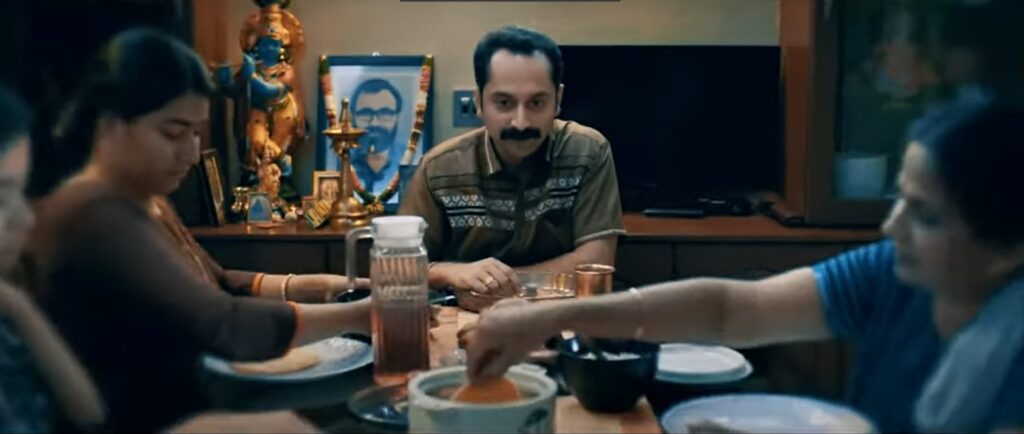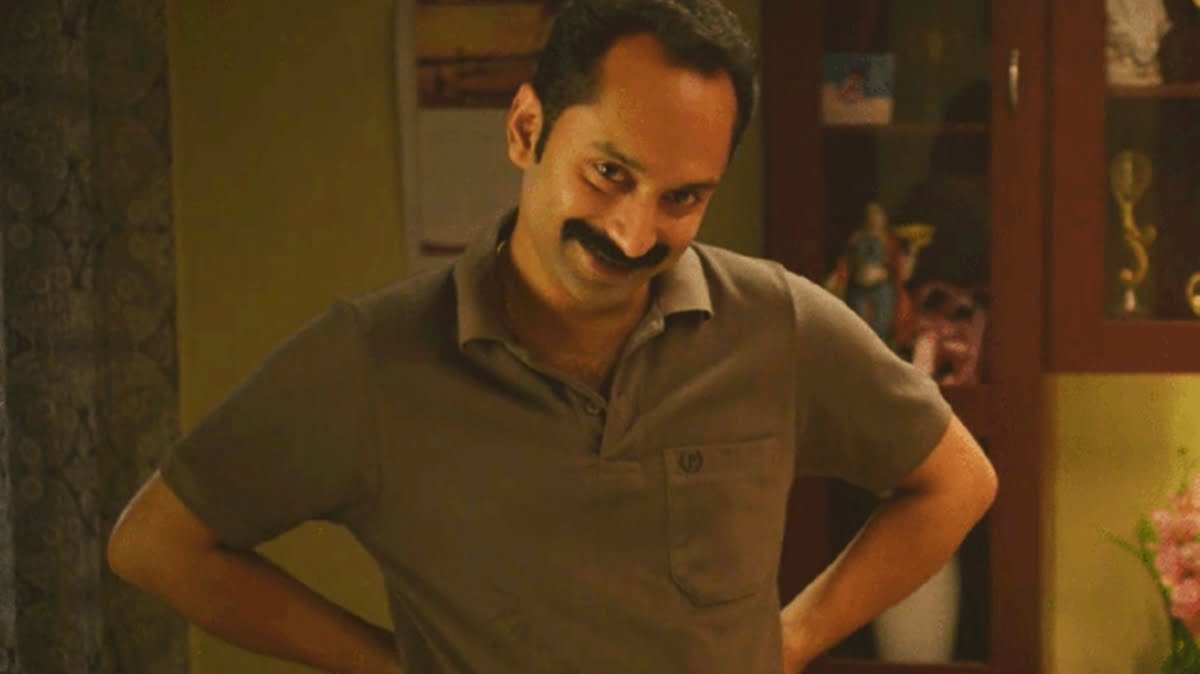Symbolic violence is a term coined by Pierre Bourdieu, a prominent 20th century French sociologist and it appears in his works as early as the 1970s. Symbolic violence could be defined as a non-physical form of violence manifested in the power differential between two entities: it could be two different caste communities, two individuals in a relationship, different genders, etc. Symbolic violence can be located in the significance of language (both verbal and non-verbal) itself. The way we talk to another person is reflective of our power dynamic in a relationship.
Symbolic violence could be defined as a non-physical form of violence manifested in the power differential between two entities: it could be two different caste communities, two individuals in a relationship, different gender communities, etc.
For instance, a prominent social media influencer was held accountable recently when she condescendingly laughing at how her domestic worker identified a fruit by its English nomenclature. While the influencer later went on to justify how the domestic worker is like family to her, this too is patronising in the larger discourse of power and hierarchy. Closer home, if we were to look at the dynamics between our parents, for instance, we would still see how the father holds the dominant position: not just in the authoritative head of the family way, but also symbolically, in his mannerisms, in the tonality of their communication with each other, etc. Once we identify these nuances, it is difficult to look past how symbolic violence has been prevalent within our own family realms, in our relationships with our partners, fathers, brothers, etc.
Also read: Violence As Love: The Perilous Implications Of The Misconception
The movie Thappad is a great example. The scene in which the husband slapping the wife was a glaring red flag, right? It is too obvious to see past. But symbolic violence in the film played out in how everyone tried to convince Amrita that it was just a slap, to the point of even justifying Vikram‘s action. After all, he is the husband and one slap in the heat of the moment can be forgiven, right? This sanctioning of the power hierarchy wherein Vikram is obviously given the upper hand over Amrita, is a manifestation of symbolic violence in the film. No one observes the pressure Amrita is put through as she attempts to unpack her response and stays resolute in her decision to separate. This pressure, although not physical, is symbolic of violence and is equally problematic and traumatic for the woman. And often, it is when women lack support from their family and friends that they tend to go back to the abuser.
This happened in the case of Vismaya Nair, a young woman who died after she was subjected to domestic abuse at the hands of Kiran Kumar S, who tortured her in the name of dowry. Vismaya’s parents were reportedly witness to Kiran abusing Vismaya in a few instances and were privy to how she was being tortured, yet did not get her away from the abuser. If one was to look at it, this act of compliance and indifference is also equally responsible in Vismaya’s untimely and unfortunate death.

The concept of symbolic violence argues that hard power is not the only manifestation of effective maintenance of hierarchy and status quo. Symbolic violence finds expression through body language, self-presentation, bodily care and adornment. Symbolic violence need not just happen between partners. It manifests in all forms of social interactions. Because symbolic violence isn’t a visible form of violence and its form of expression is more abstract, it still remains largely unidentified in our society. Which is why, in several cases, people do not even realise that they are a victim of symbolic violence. Several religious practices are examples of symbolic violence, wherein, many pious accept the customs as a part of their faith, instead of questioning the intrusion.
We are all complicit in how we have normalised emotional abuse. For instance, when a parent uses harsh words as part of confronting their child, we tend to comfort the child by saying that their parents scold them because they love them. Construing violence as a form of love is not just gaslighting, it also makes it easier for symbolic and less evident forms of violence to be pushed under the rug.
The movie ‘Kumbalangi Nights’ questioned the norms of Indian family dynamics. Shammi (played by the brilliant Fahadh Faasil) is a power hungry patriarch who attempts to control the women in the house but in ways that are not textbook violent. Shammi‘s demeanor is that of a man who appears to be extremely loving, caring towards the women in the family but in ways that are passive aggressive and controlling. Several scenes in the film studies symbolic violence, one of the prominent ones being the introduction of Shammi where he is shown checking his reflection in the mirror and using a blade to take down a bindi which must have been put on the mirror by one of the women in the house. Raymond: The Complete Man, he says, as he does this.
Also read: Fishing For The Hidden Feminist Agency In Kumbalangi Nights

In another scene where he was eating on the table, he sweetly insists his mother-in-law to sit with him, instead of serving him the food and then shifts from the side chair to the one at the top end of the table, thus manifesting himself as the patriarch of the family. That scene is so powerful and an example of symbolic violence. It is a commentary on how one does not need to apply force to dominate in a relationship. You can easily manipulate, gaslight the person into obeying you.
Symbolic violence, given how it is not a visible form of violence to pick on and largely normalised, is hence, also very hard to stop or control because people are still unaware and don’t see themselves as victims. To put an end to this, we need to first recognise this as a form of violence.
Symbolic violence, given how it is not a visible form of violence to pick on and largely normalised, is hence, also very hard to stop or control because people are still unaware and don’t see themselves as victims. To put an end to this, we need to first acknowledge this as a form of violence. Governments need to recognise and add this in law to actually take legal actions. That would definitely be a step in the right direction. Needless to say, there is also an urgent need for education and awareness on symbolic violence as much as possible.
Pooja Jha is a South Asian intersectional feminist with a Bachelor’s in Journalism and Master’s in Gender studies. She is actively working against violence against women (VAW), DV, Child abuse, caste-based discrimination, etc. She has a keen interest in research, writing academic papers and journalism. She loves to watch movies, spread joy within her people by helping and talking to them and spread awareness through social media. You can find her on Instagram, Facebook and LinkedIn.
About the author(s)
Pooja is a South Asian Intersectional Feminist. They have completed their Bachelor's in Journalism and Master's in Gender studies. They have worked with the YP Foundation, and the Delhi Commission for Women, to name a few. They want to continue their work on reducing Gender-based Violence, child abuse, and caste-based discrimination.
Pooja is keenly interested in writing academic papers, research, and journalism. In their free time, they love to watch movies, spread joy by helping and talking to people, and create awareness through social media.






Very good and informative piece of writing thanks for sharing this kinda stuff keep writing… 💪🏻